Lipoma (wen) removal
Lipoma, or wen, is a benign neoplasm that consists of fat cells enclosed in a connective tissue capsule. According to statistics, the tumor is diagnosed in 1-2 people out of 1000. Men and women are equally susceptible to lipoma formation. The average age of patients is 40-60 years. Such tumors are rare in children. An effective method of treating lipomas is surgery. The K+31 Clinic offers lipoma removal in Moscow at a bargain price. You can see the price list on the website.

specialists

equipment

treatment

Causes of Lipomas
The exact causes of lipoma formation are not fully understood. Doctors identify several factors that increase the risk:
- Genetic predisposition
- Metabolism disorders
- Hormonal imbalance during menopause
- Soft tissue damage, injuries
- Failures in the functioning of the liver and pancreas
- Sedentary lifestyle
- Poor nutrition
People with chronic stress, weakened immunity, diabetes and hypothyroidism are also susceptible to the formation of tumors.

Symptoms of a lipoma
The main signs include:
- An elastic node under the skin with clear boundaries
- A gradual, slow increase in the size of the tumor
- A feeling of heaviness or pressure at the location of the neoplasm
- Limb mobility impairment if the lipoma is localized near joints, muscles
If an inflammatory process joins in, a change in the color of the skin over the lipoma is possible, slight pain when pressed. In this case, the doctor diagnoses atheroma. Its size can reach an average of 5 to 40 mm.

When to see a doctor
You should make an appointment with a doctor if:
- The tumor is rapidly increasing in size
- There is pain in the area of the tumor
- There is a suspicion of inflammation or suppuration
- The tumor is located in an area of increased friction or pressure
- The function of nearby tissues and organs is impaired
- The tumor spoils the appearance
The sooner the patient seeks surgery and undergoes an examination, the higher the chance of avoiding complications.

Lipoma Diagnosis
Diagnosis begins with a visual examination and palpation. The following methods are required to clarify the diagnosis:
- Ultrasound of soft tissues - helps to determine the size, structure, depth of the tumor
- CT, MRI - used if deep location or large tumors are suspected
- Biopsy - performed if malignancy is suspected
After a comprehensive examination, the doctor assesses the potential risks associated with the lipoma and determines how justified its removal is. When choosing treatment tactics, the general condition of the patient and the effect of the tumor on surrounding tissues are taken into account.
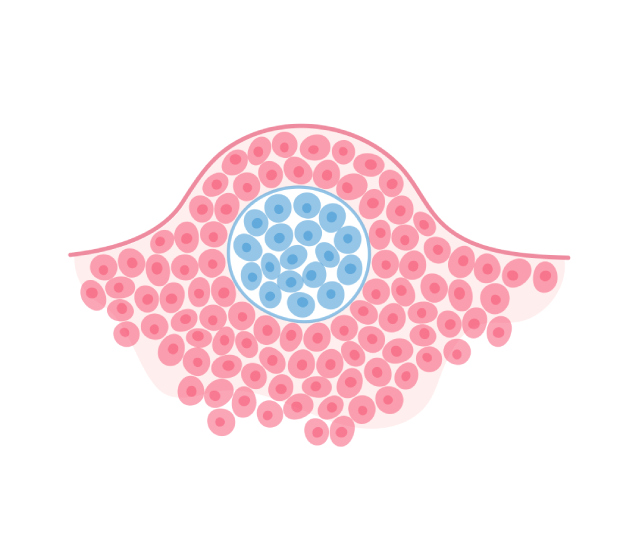
Indications and contraindications for lipoma removal
Indications for surgical intervention include:
- Rapid tumor growth
- Size of the tumor more than 3-5 cm
- Pain, compression of surrounding tissues and organs
- Relapses after previous removal
- Suspected malignancy
Before surgery, the doctor takes into account all the individual characteristics of the patient and assesses possible risks. Contraindications include:
- Acute inflammatory diseases
- Skin infections in the area of surgery
- Exacerbation of chronic diseases
- Oncology
- Pregnancy, lactation period
- Blood clotting disorders
- Recent heart attack or stroke
Tumor removal is postponed for several weeks in immunodeficiency states and after chemotherapy. In addition, temporary restrictions include injections, laser therapy, peelings that affect tissue healing.
Lipoma Removal Methods
Surgical removal
A classic method used for large, deep tumors. The operation is performed under local or general anesthesia. The doctor makes an incision over the tumor, carefully removes it along with fat cells and applies stitches.
The advantages of surgical intervention include:
- Complete removal of the tumor
- Low risk of relapse
- Can be performed for all types and sizes of tumors
Infections, bleeding, and scars are possible after the operation. The recovery period takes from 7 to 14 days. The duration of rehabilitation is affected by age, health, tendency to scar formation, and proper wound care.
Laser removal
A precise and minimally invasive procedure performed under local anesthesia. The laser evaporates the lipoma and seals the vessels, which reduces the risk of bleeding.
Among the advantages of the method:
- Painlessness
- No blood
- Fast healing
- Minimum side effects
Small neoplasms can be removed with a laser. In the presence of a dense fibrous capsule, doctors prefer traditional surgical intervention.
Radio wave removal
Lipoma can be removed using high-frequency waves. They dissect tissue, make a contactless cut and coagulate blood vessels. The procedure is performed under local anesthesia.
The advantages include:
- Minimal trauma
- Fast recovery
- No bleeding
Radio wave removal is only suitable for superficial lipomas. Incomplete destruction of tumor cells can lead to its reappearance in the same place.

This award is given to clinics with the highest ratings according to user ratings, a large number of requests from this site, and in the absence of critical violations.

This award is given to clinics with the highest ratings according to user ratings. It means that the place is known, loved, and definitely worth visiting.

The ProDoctors portal collected 500 thousand reviews, compiled a rating of doctors based on them and awarded the best. We are proud that our doctors are among those awarded.
Make an appointment at a convenient time on the nearest date
Price
Other services

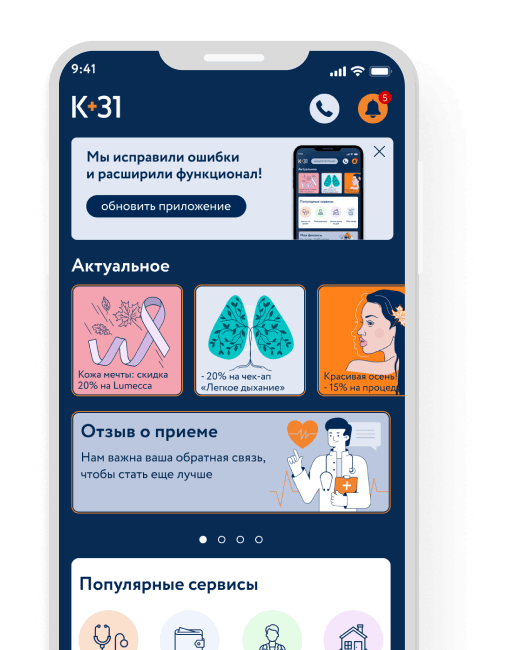
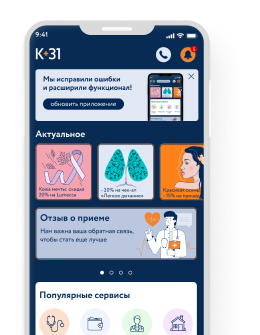













































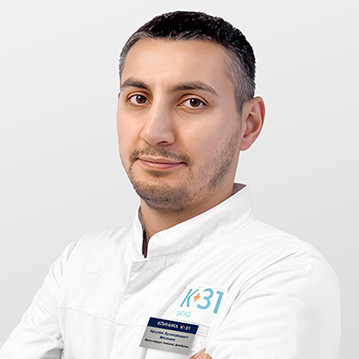

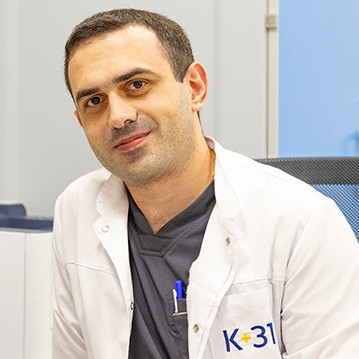







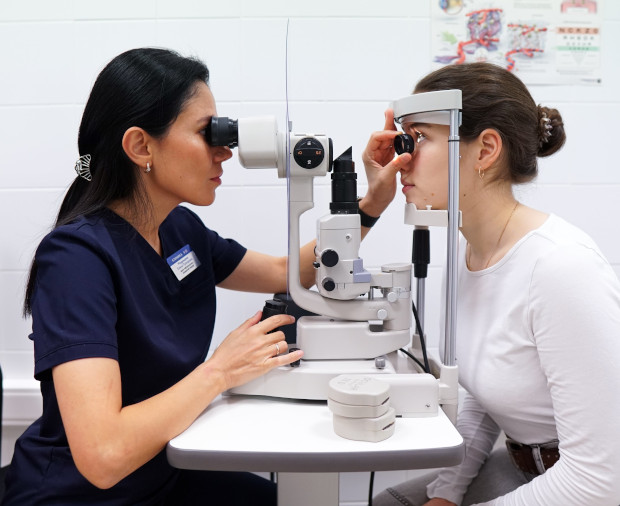




General information about lipomas
The tumors have a soft consistency, round or oval shape. They occur on the neck, back, shoulders, hips and other parts of the body. They do not cause pain when palpated and remain unnoticed for a long time.
Large neoplasms cause aesthetic discomfort, compress surrounding tissues and nerve endings, causing pain and tingling. In 94% of patients, lipomas are single nodes, in 6% multiple neoplasms are diagnosed. In 2% of cases, lipomas affect internal organs: heart, bronchi, esophagus, stomach, intestines.
According to the growth characteristics, neoplasms are classified into 3 types:
According to the rate of development, there are slow- and fast-growing lipomas. The latter require special attention, since their active growth is one of the signs of a malignant process, for example, liposarcoma.